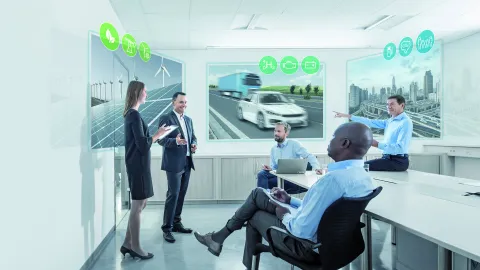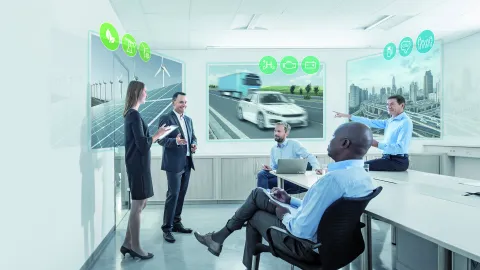Mobility of Tomorrow: Are Affordability and CO₂ Reduction in Conflict?
- Expert Article
Martin Rothbart
Senior Product Manager, Energy & Sustainability
For more than four years, Martin is responsible for business development in the areas of energy, hydrogen, alternative and synthetic fuels as well as the sustainability in the product lifecycle. That includes predictions and the analysis of future market potential in various global regions.
View Profile on

Martin Rothbart
Senior Product Manager, Energy & Sustainability
For more than four years, Martin is responsible for business development in the areas of energy, hydrogen, alternative and synthetic fuels as well as the sustainability in the product lifecycle. That includes predictions and the analysis of future market potential in various global regions.


